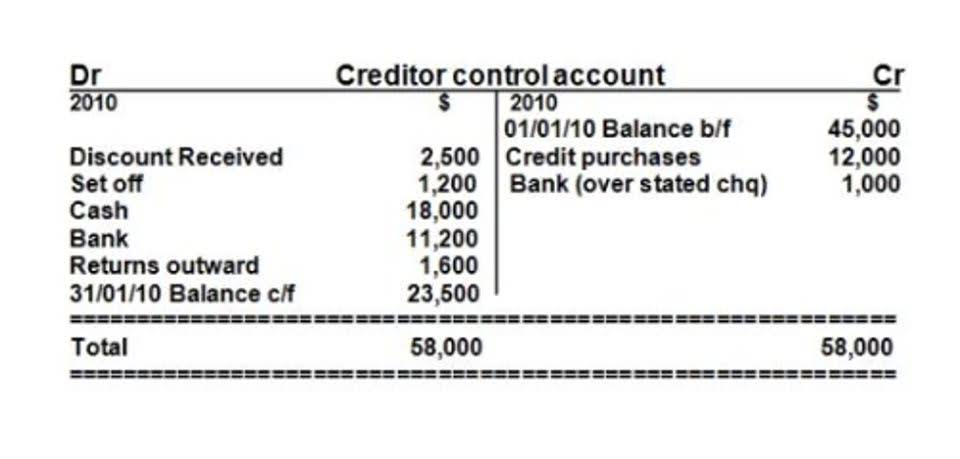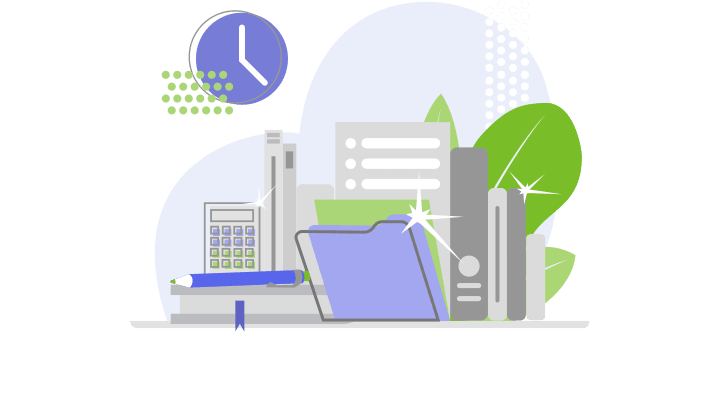When a client buys goods or services on credit, they receive an invoice, which they will pay after a specified period. One of the primary goals of accounts receivable management is to ensure the timely collection of outstanding invoices. This ensures strong cash flow and can strengthen your customer relationships.
Key Performance Indicators for Successful Accounts Receivable Procedures
The electric company records an account receivable for unpaid invoices as it waits for its customers to pay their bills. Accounts receivable (AR) is an accounting term for money owed to a business for goods or services that it has delivered but not been paid for yet. Accounts receivable is listed on the company’s balance sheet as a current asset. Many collection issues stem from customer dissatisfaction with post-sales support. As a member of the finance team, you should ensure that all sales-related documentation reaches the customers timely. Additionally, you can streamline the invoicing process with meticulous attention to detail.
- A lower ADD means customers remit faster and is a sign of effective AR management practices.
- When customers make a purchase on credit, that debt is added to the business’s Accounts Receivable.
- Outsourcing can also bring in expertise that leads to a more efficient process and improved performance.
- Companies may need to redesign their AR processes to ensure optimal success.
Elevate Your Accounts Receivable Process Flow with HighRadius
The company’s cash flow is directly impacted by changes in accounts receivable. As customers pay off their outstanding debts, the cash inflow increases, improving the company’s cash flow position. The cash flow statement captures this impact, linking the balance sheet and the income statement.
Credit Risk Assessment
Going through lockbox files to apply payments to invoices still takes work. Accelerate payment recovery from delinquent customers and boost cash flow through automated collection workflows. If we break down the accounts receivable process cycle even further, it involves 8 steps listed below.
Frequently reviewing and analyzing financial data is also important for re-assessing any strategies that need to be improved. It’s a good practice to initiate dispute resolution promptly if any issues arise. This helps maintain positive customer relationships and increases the chances of invoice payment. To begin the ordering and Accounts Receivable process, a customer will place an order that needs to be approved by the business.
Although businesses have the option to write off uncollectible debt, it’s still better to select customers with a proven track record of positive debt repayment. The customer credit assessment step helps businesses choose customers who are more likely to pay reliably and on time. While the specifics could vary, the accounts receivable process in most companies can be applied anywhere.
A receivable is created any time money is owed to a business for services rendered or products provided that have not yet been paid for. For example, when a business buys office supplies, and doesn’t pay in advance or on delivery, the money it owes becomes a receivable until it’s been received by the seller. Here are some accounts receivable management techniques that will help you address each element of AR and gain comprehensive control over the process.
Upon approval, a sales order is generated, basics of lifo and fifo inventory accounting methods which serves as a binding agreement detailing the goods or services, their quantity, price, and other terms of the sale. Average accounts receivable is the beginning balance + ending balance divided by two. Because they represent funds owed to the company (and that are likely to be received), they are booked as an asset.
















